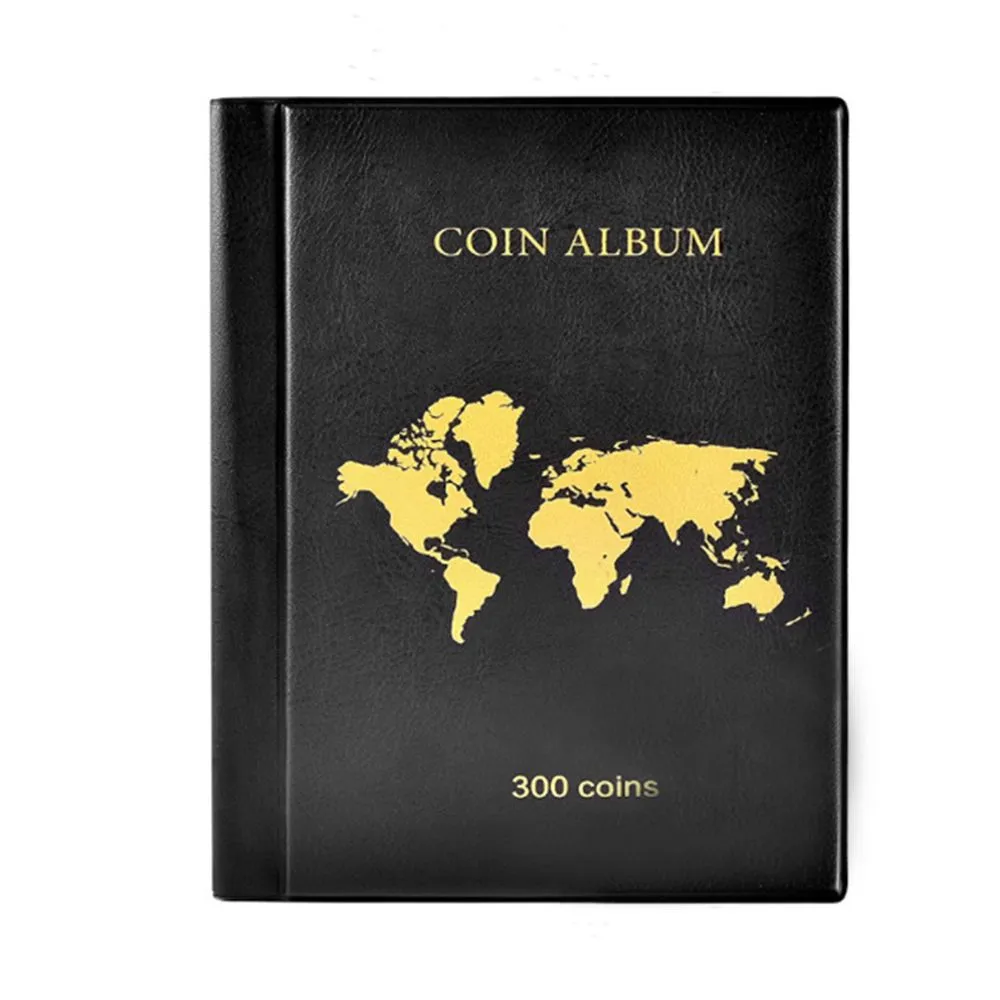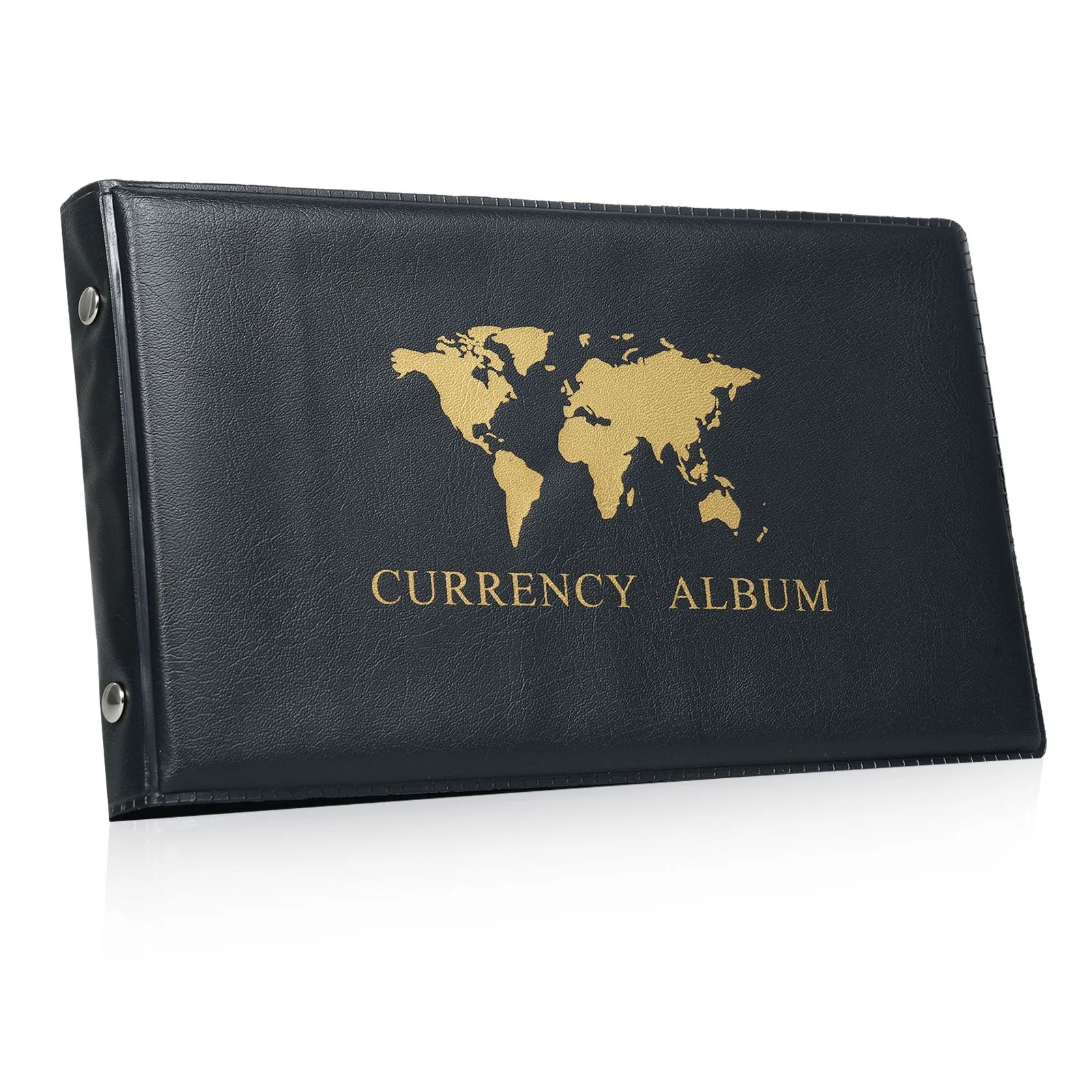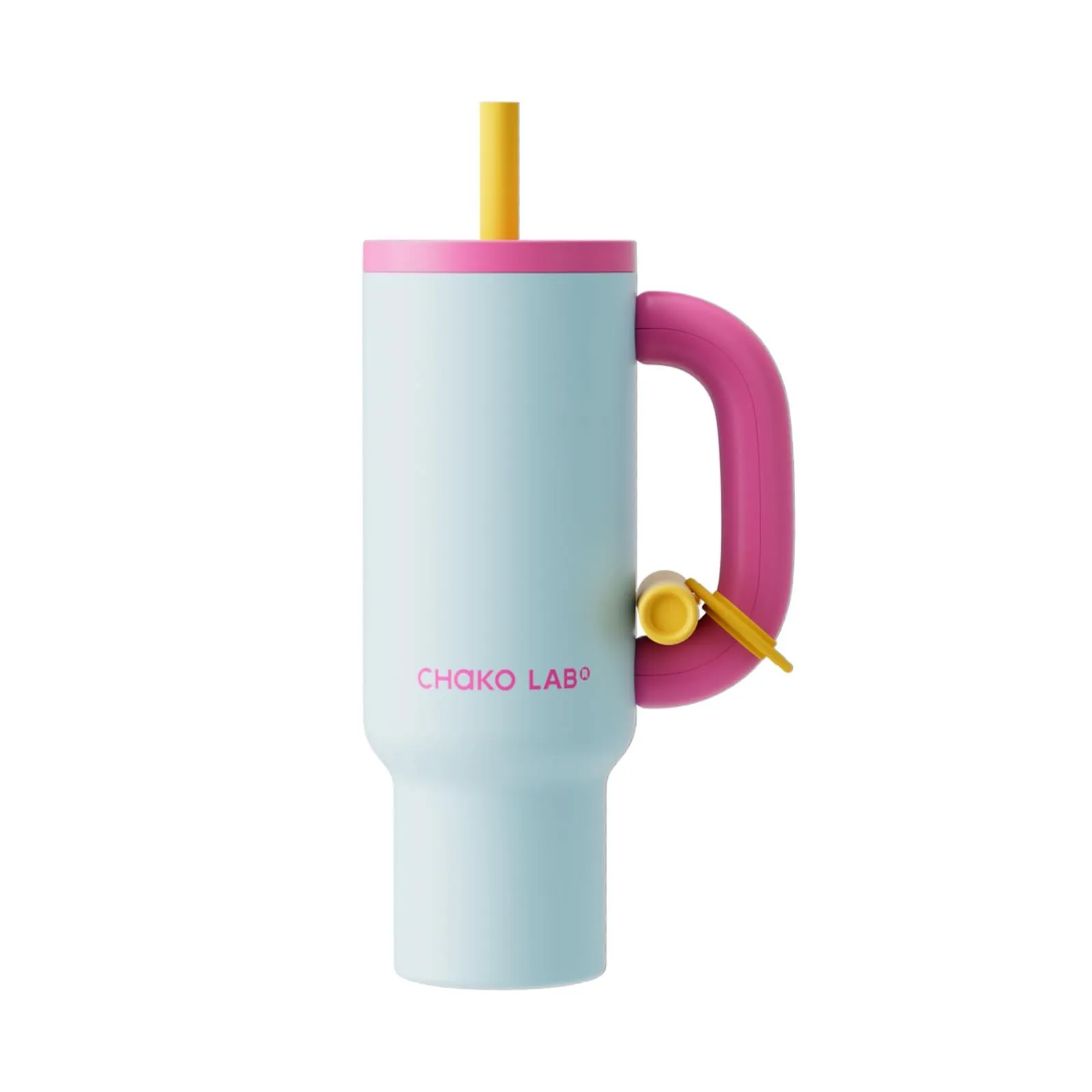1942-1969 Irish Threepence Coin, "Lucky" Hare Motif. ½ Reul / 3 Pingine. 3 pence, Monetized And Guaranteed By The Ireland Government. Graded By Seller Circulated/Worn Condition
En stock
0.20 kg
No
Nuevo
Amazon
- Monetized And Guaranteed By The Irish Government.
- Obverse Cláirseach (or Gaelic harp) with the country name to the left and the year to the right Script: Latin (Gaelic) Lettering: éire 1966 Translation: Ireland 1966 Reverse Seated hare facing left Script: Latin (Gaelic) Lettering: leat reul 3d PM Translation: Half reul Engraver: Percy Metcalfe Edge Smooth
- Hare was included in coin design due to Irish long history of farming.
- The Coin Is Relatively Small, Great For Collectors
IMPORT EASILY
By purchasing this product you can deduct VAT with your RUT number
12 Meses Tasa Cero con BAC
$10 OFF en tu primera compra con el cupón: 10PRIMERA
Compra protegida
Disfruta de una experiencia de compra segura y confiable
¿Cómo comprar?
Información de Aduanas Costa Rica
Los impuestos que serán cobrados sobre tu orden, dependerán de los productos que se incluyan en la orden.
Te comentamos que las tasas impositivas varían entre el 2% y el 50% del valor del producto, dependiendo de la categoría del ítem.
¡No debes preocuparte por esto! Nosotros ya seleccionamos automáticamente la categoría del producto que selecciones, agregando los impuestos correspondientes al costo final de tu compra.
![]() Garantía de entrega
Garantía de entrega
Con Tiendamia todas tus compras cuentan con Garantía de Entrega o devolución total de tu dinero.
Compras 100% seguras y garantizadas, para que pidas lo que sueñas y lo recibas del mundo a tu puerta.
¿Cómo solicitar una devolución?
Para solicitar una devolución, el cliente debe realizarlo a través de su cuenta de Tiendamia. Este proceso está sujeto a la aprobación del departamento de Devoluciones (lo cual puede demorar de 48hs a 72hs hábiles). En caso de no tener la opción en la web, el cliente debe contactarse con Atención al Cliente para iniciar la solicitud.
Los productos sin devolución son:
- Los productos que tienen un tiempo de entrega mayor a 20 días hábiles.
- Productos que por su naturaleza no admiten devolución en EE.UU. o China y, por lo tanto, Tiendamia no puede ofrecer la devolución al cliente. Ejemplos: perfumes, cremas y medicamentos.
Tarjetas de Débito y Crédito
Pagando en Colones ( ₡ )

Visa

Mastercard

American Express
Pagos a través de PayPal
Compra procesada en dólares con dinero en cuenta o tarjetas internacionales.

PayPal
Conocé más detalles
Saorstát pound From continuing to use sterling after its independence (1922), the new Irish Free State (Irish: Saorstát Éireann) introduced its own currency from 1928.[7] The new Free State pound was defined by the 1927 Act to have exactly the same weight and fineness of gold as did the sovereign at the time, having the effect of making the new currency pegged at 1:1 with sterling. De facto rather than de jure parity with sterling was maintained for another fifty years. As with sterling, the £sd system was used, with the Irish names punt (plural: puint), scilling (plural: scillingí) and pingin (plural: pinginí). Distinctive coins and notes were introduced, the coins from 1928 (in eight denominations: 1⁄4d, 1⁄2d, 1d, 3d, 6d, shilling (1/–), florin (2/–), half crown (2/6) and in 1966 a 10/– coin, a commemorative piece not meant for circulation) – all but the 3d and 6d had the same dimensions as their British counterparts, the Irish coins being thicker nickel coins in contrast to the thin silver ones issued in the UK. However, sterling specie generally continued to be accepted on a one-for-one basis everywhere, whereas Irish coin was not generally accepted in the United Kingdom, except in parts of Northern Ireland.[

1942-1969 Irish Sixpence Coin, Legendary Wolfhound And Irish...
12 Meses Tasa Cero con BAC
$10 OFF en tu primera compra con el cupón: 10PRIMERA

Coin Collection Holder Book for Collectors 300 Pockets Trans...
12 Meses Tasa Cero con BAC
$10 OFF en tu primera compra con el cupón: 10PRIMERA

40 Pockets Banknote Currency Collecting Album 20 Sheets Clea...
12 Meses Tasa Cero con BAC
$10 OFF en tu primera compra con el cupón: 10PRIMERA

CHaKOLAB BaWangCup insulated water bottle drinkware 1000ml
Desde ₡ 44,924
₡ 26,825 40% OFF
12 Meses Tasa Cero con BAC
$10 OFF en tu primera compra con el cupón: 10PRIMERA

Dell 15.6" 3530 Laptop Computer for Home & Business Student,...
Desde ₡ 459,468
₡ 321,470 30% OFF
12 Meses Tasa Cero con BAC
$10 OFF en tu primera compra con el cupón: 10PRIMERA

GoPro HERO13 Black: cámara de acción impermeable con víde...
Desde ₡ 251,932
₡ 192,220 24% OFF
12 Meses Tasa Cero con BAC
$10 OFF en tu primera compra con el cupón: 10PRIMERA

Portable Bluetooth Speaker, Bluetooth 5.4 Wireless Speaker w...
Desde ₡ 126,721
₡ 23,211 82% OFF
12 Meses Tasa Cero con BAC
$10 OFF en tu primera compra con el cupón: 10PRIMERA

Gafas inteligentes Ray-Ban Meta, Wayfarer, negro brillante/v...
Desde ₡ 176,807
₡ 140,903 20% OFF
12 Meses Tasa Cero con BAC
$10 OFF en tu primera compra con el cupón: 10PRIMERA

Reloj inteligente avanzado de salud y estado físico Fitbit ...
Desde ₡ 149,158
₡ 118,778 20% OFF
12 Meses Tasa Cero con BAC
$10 OFF en tu primera compra con el cupón: 10PRIMERA

SHRRADOO Travel Laptops Backpack for Women Men, Casual Work ...
Desde ₡ 35,362
₡ 17,134 52% OFF
12 Meses Tasa Cero con BAC
$10 OFF en tu primera compra con el cupón: 10PRIMERA

JBL Quantum 400 - Auriculares supraaurales para videojuegos ...
Desde ₡ 65,610
₡ 38,810 41% OFF
12 Meses Tasa Cero con BAC
$10 OFF en tu primera compra con el cupón: 10PRIMERA

Beats Solo 4 - Auriculares supraaurales inalámbricos Blueto...
Desde ₡ 131,253
₡ 65,068 50% OFF
12 Meses Tasa Cero con BAC
$10 OFF en tu primera compra con el cupón: 10PRIMERA

Vaso de acero inoxidable Stanley IceFlow con pajita, botella...
Desde ₡ 31,870
₡ 29,007 9% OFF
12 Meses Tasa Cero con BAC
$10 OFF en tu primera compra con el cupón: 10PRIMERA

Dockers Men's Perfect Short Classic Fit 10.5"
Desde ₡ 24,751
₡ 19,779 20% OFF
12 Meses Tasa Cero con BAC
$10 OFF en tu primera compra con el cupón: 10PRIMERA

Samsung Galaxy S21 5G, versión estadounidense, 128 GB, Phan...
Desde ₡ 196,857
₡ 106,276 46% OFF
12 Meses Tasa Cero con BAC
$10 OFF en tu primera compra con el cupón: 10PRIMERA






